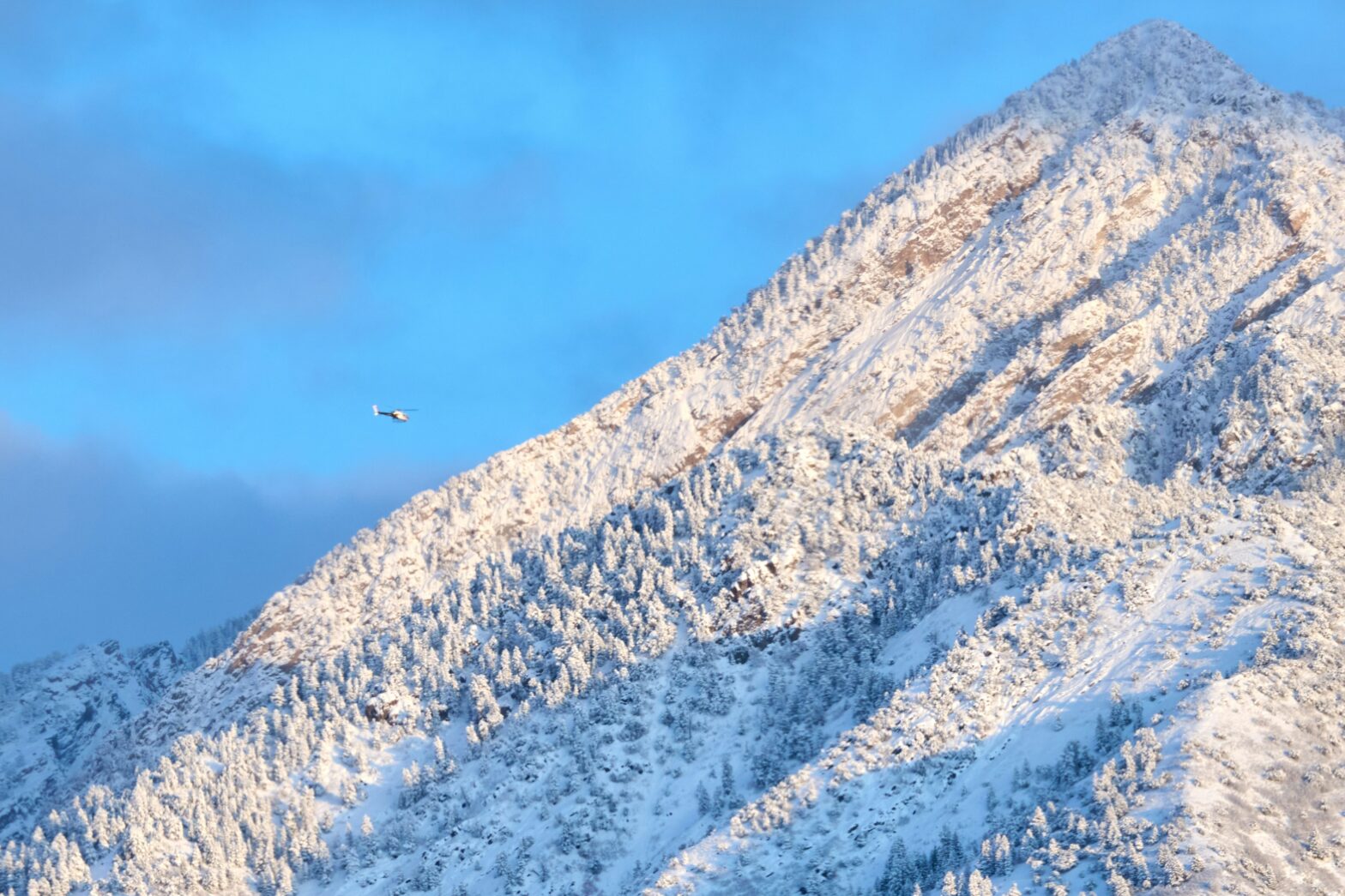There was once a Black-owned airport that played a pivotal role in producing Black pilots in the nearly two short years it survived.
Robbins Airport was built in 1931 by two Black auto mechanics turned aviators, but damaged by a severe windstorm in 1933. Today, there’s only a historical marker in a vacant lot at 14046 S. Lawndale Avenue where it once stood because it was never rebuilt.
Meet The Founders Of Black-owned Robbins Airport
In the 1930s, pre-integration, John C. Robinson and Cornelius R. Coffey shared the dream of becoming pilots in a country that would not allow them to fly because of their skin color.
The men were reportedly inspired by, Bessie Coleman, an African American woman who went to flight school in France. She had intentions to open a flight school in America for nonwhites. She wouldn’t live to see that dream through as Coleman fell from an airplane to her death in 1926.
Her dreams, however, landed in the hearts of Robinson and Coffey, who decided it was their responsibility to finish the work she started.
A Challenge For Black Pilots To Get Into School
The two men moved to Chicago to enroll in the Curtiss-Wright Aeronautical University but their applications were denied, Tyrone Haymore, curator of the Robbins History Museum, told the Chicago Tribune.
Coffey didn’t take the decision lightly and decided to sue the school for racial discrimination. Meanwhile, Robinson took a job as a janitor to eavesdrop on the classes. He was cleaning one day when he found a flight magazine advertising essentially a “Health Parasol “DIY” airplane for $300.
Robinson and Coffey got right to work in Robinson’s auto garage located at 47th Street and Michigan Avenue to build the plane but there was one problem: they couldn’t afford the proper airplane engine.
But that didn’t stop them. They decided to use one from Coffey’s motorcycle.
The men had befriended a Curtiss-Wright flight instructor, who was impressed that two Black men built a plane themselves. All three took the Heath Parasol to Chicago’s Washington Park. After taxiing for some time in the grass, perhaps afraid it would fall apart, the instructor took off.
“The plane flew into the sky like any other normal airplane and landed the same way — flawlessly,” said Haymore.
Defying The Odds
Word got around the flight school, and school administrators called a meeting with Coffey and Robinson. They told Coffey if he dropped the racial discrimination lawsuit, the school would create night classes for them to take. The men accepted and were asked after graduation to teach other black pilot students how to fly.
Students from Coffey’s garage and two women, Janet Waterford Bragg and Doris Tanner were reportedly their first students. But racial tensions grew and after backlash from others at the predominantly white school, the two men decided to go into business for themselves and formed the Challenger Air Pilots Association.
Back then, Chicago would not permit a Black-owned airport, so they took their idea to the predominantly Black town of Robbins. The airport was constructed from people who believed in their dream. Volunteers came to remove boulders and construct a single hangar from stray lumber for the single airplane the men owned.
When the airport was damaged, the men decided to part ways. In 1938, Coffey started the Coffey Flying School at an airport at 87th Street and Harlem Avenue where he invited both white and Black students to learn together. Some Tuskegee Airmen, the first African-American combat pilots in the U.S. military, learned to fly at his school.
Robinson went on to volunteer for the Ethiopian army during its conflict with Italy in 1935. He was shot in battle and targeted by Italian spies on his return to America a year later. He returned to Ethiopia but died in a plane crash in 1954. In 2015, the Ethiopian government designated a reading garden in his honor, according to news reports. His service earned him the name “Brown Condor.”





